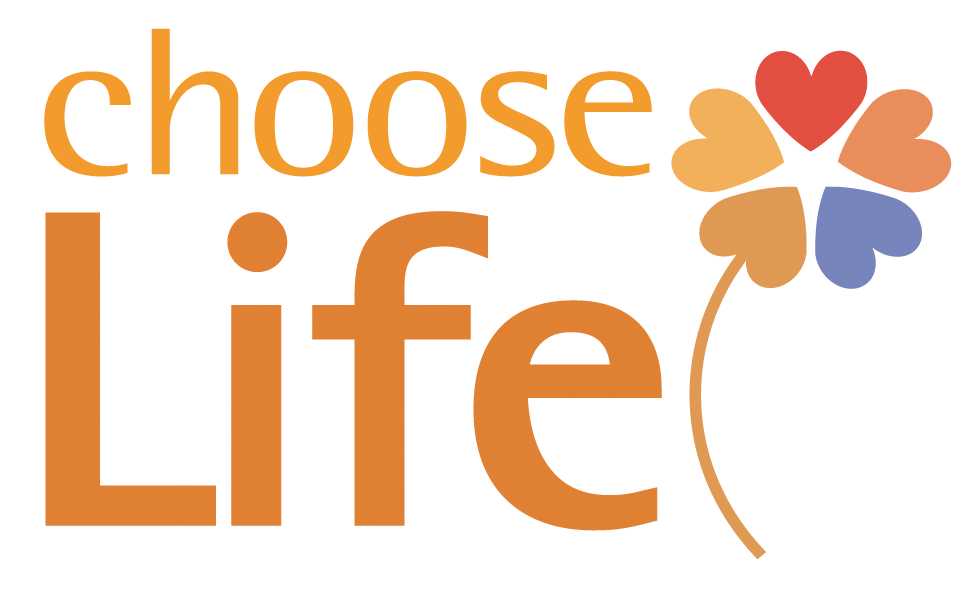New Beginnings
We all started here…
At fertilization, the sperm and the female egg cell (ovum), unite to form a single cell, a new human life different from his mother or father, different from any human being that has ever lived or ever will live. This new human life is unique, and has his own genetic code that will determine the characteristics he will have for the rest of his life.
Within one week of fertilization, the new human life implants in the mother's uterus and is nourished there for the next nine months.
At three weeks, the baby's heart begins to beat. A microscope would reveal that this little baby has the characteristic 46 human chromosomes in every cell, demonstrating clearly that this is a human being.
1. outflow tract 2. right ventricle 3. left ventricle 4. inflow tract
At six weeks, the baby has brain waves that can be measured with an electroencephalogram. The heart is contracting forty to eighty times each minute. Hiccups first occur.
See more incredible videos of prenatal development at the
Endowment for Human Development website.
8 weeks after conception
The 8 week old unborn baby is now well-proportioned and about the size of a thumb. Every organ is present. The skeleton of the arms and legs and the spine begins to stiffen as bone cells are added. The baby swims freely in the amniotic sac with a natural swimmer's stroke.
At 12 weeks, the baby is very active. He can kick his legs, curl his toes, squint, turn his head, open his mouth and swallow. The baby urinates. Vocal chords and taste buds form. The baby responds to skin stimulation. She can make complex facial expressions and even smile.
By 16 weeks, the baby is 5 1/2 inches long and weighs nearly a pound. He can hear and respond to music. Fine details of development are present such as fingernails and eyelashes. Throughout his time in utero, the unborn child is nourished with food, water and oxygen by his mother through the placenta.
20 weeks after conception
20 weeks is considered the point of viability in Canada, according to the Canadian Medical Association; viability is the point at which the child can survive outside the womb. Babies born even earlier than twenty weeks have survived.
Surgery can be performed on unborn babies. The first ever fetal surgery was done in 1981. Since that time, the field of maternal fetal medicine has expanded to include numerous surgeries for unborn children, such as tumour removals and corrections to the spine for babies with spina bifida.
At 7 months, the unborn child is about 1/3 of her estimated birth weight and her lungs are capable of breathing air. The baby sleeps most of the time.
For a complete prenatal overview, visit the Endowment for Human Development website.









